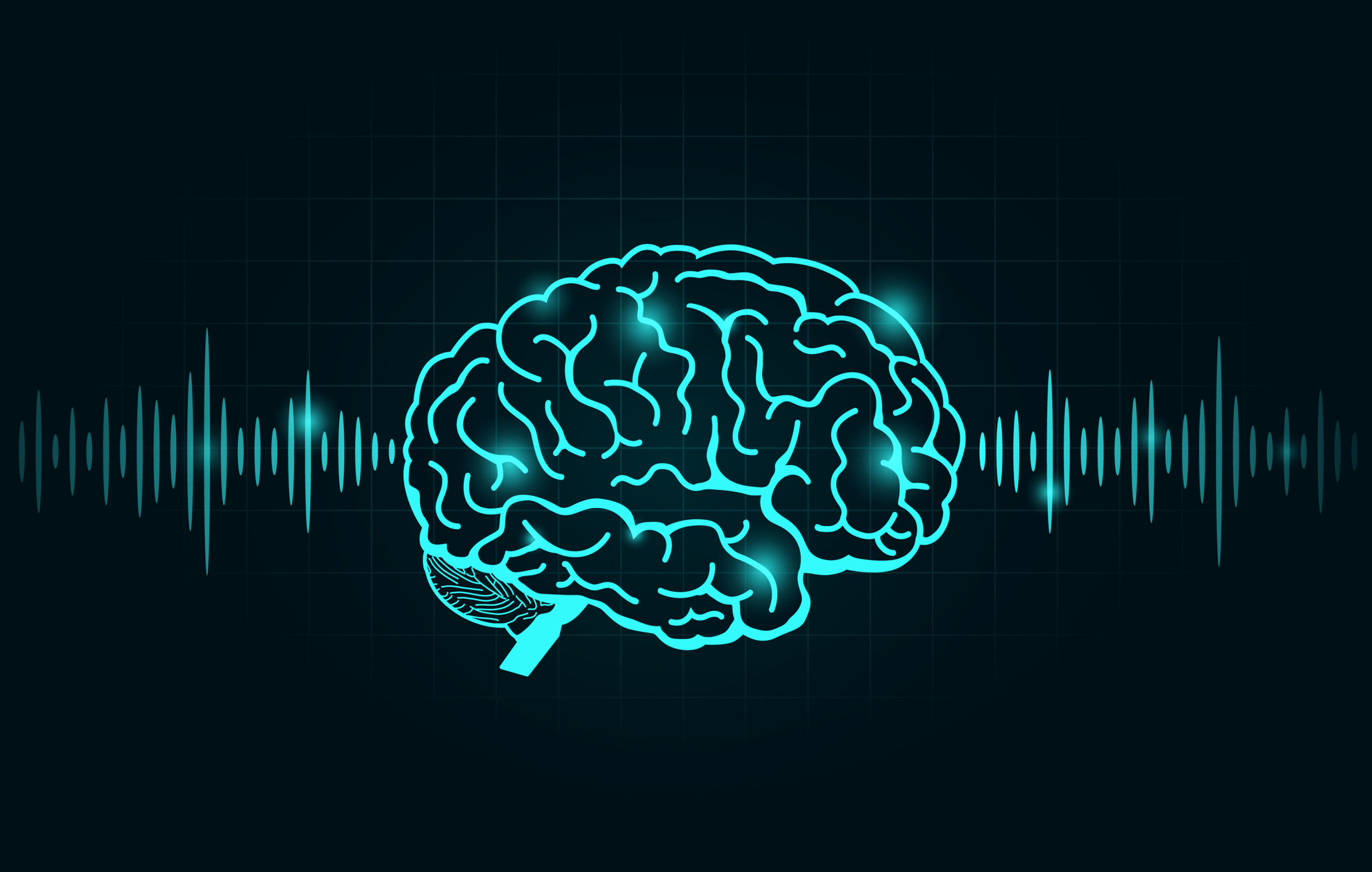In the United States, 2.5 million adults have obsessive-compulsive disorder (OCD). People are diagnosed with OCD when they exhibit compulsive behaviors resulting from uncontrollable thoughts or fears, resulting in anxiety. The act of repeating specific tasks or activities is a way for OCD patients to control their thoughts and fears, and symptoms of OCD usually vary depending on the individual. Oftentimes, OCD can interfere with daily tasks and prevent individuals from completing their routine responsibilities, and the severity of OCD can influence the type of treatment offered. One treatment option for patients with OCD is cognitive behavioral therapy, where an individual will gradually experience their fear and practice ignoring their tendency to complete the repetitive task associated with their obsession. Sometimes medications, such as antidepressants, can also diminish OCD-related behaviors, but concerns with taking medications include the time frame medications become effective, drug side effects, increased risk of suicide for individuals younger than 25 years old, and different effects from stopping medication. When therapy and medications do not seem to have an effect, other treatment options include more intensive treatment programs, electromagnetic stimulation, or deep brain stimulation.
OCD can cause some individuals to experience anxiety and affect the completion of daily tasks.
Image Source: ArtistGNDphotography
Deep brain stimulation is a relatively new treatment option for OCD, with fewer than 400 individuals who have previously experienced it. The procedure uses electrodes to send signals to the brain to help reduce OCD symptoms, and the ventral striatum is the brain region targeted in the stimulation. Research shows that the electrical impulses regulate neural connections between the nucleus accumbens, a part of the ventral striatum that controls motivation and reward, and the prefrontal cortex, a brain region that influences decision-making. In patients with OCD, the nucleus accumbens and prefrontal cortex are highly connected, leading to compulsive behaviors. Deep brain stimulation decreases the intense connectivity between these brain parts. The use of deep brain stimulation alongside other treatment options, such as therapy, has been shown to produce better results because not only is neural connectivity changed, but individuals adjust the formation of habits.
Since research in deep brain stimulation as a treatment for OCD is continuing to advance, the effectiveness of the procedure is still unclear. One longitudinal study that followed up on the patients’ health outcomes three years after the treatment found a statistically significant decrease in OCD severity, with 73% of participants experiencing improvements in their OCD. However, further studies need to be done to fully understand the impact of deep brain stimulation as previous studies included only a few participants over a specific time period. Although deep brain stimulation as an OCD treatment has the potential to decrease its symptoms and is FDA-approved, it includes many side effects because it is more invasive than other treatment options, so it is usually not the first method of treatment. Side effects of deep brain stimulation include infection, hemorrhages from surgery, and negative impacts on other daily routines such as sleep.
As we continue to gain more information about deep brain stimulation and its effects on OCD, there is hope for the use of deep brain stimulation as a treatment option for severe OCD.
Featured Image Source: logo3in1










